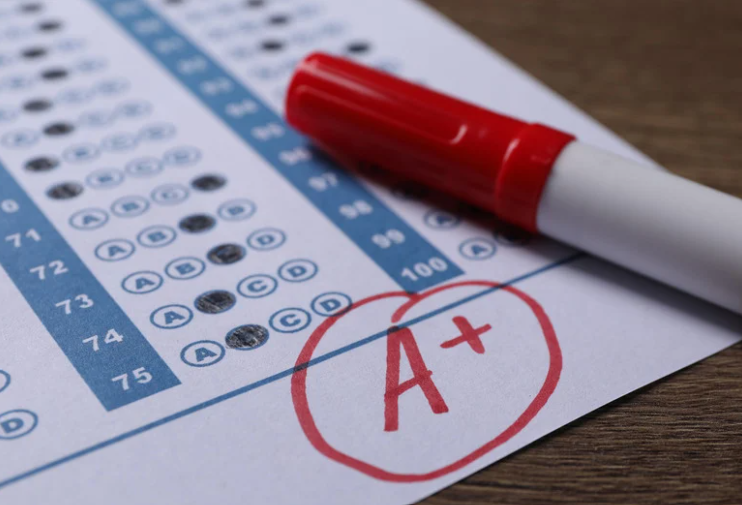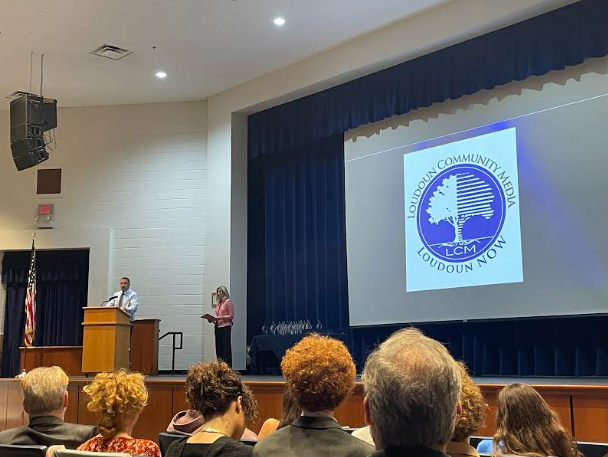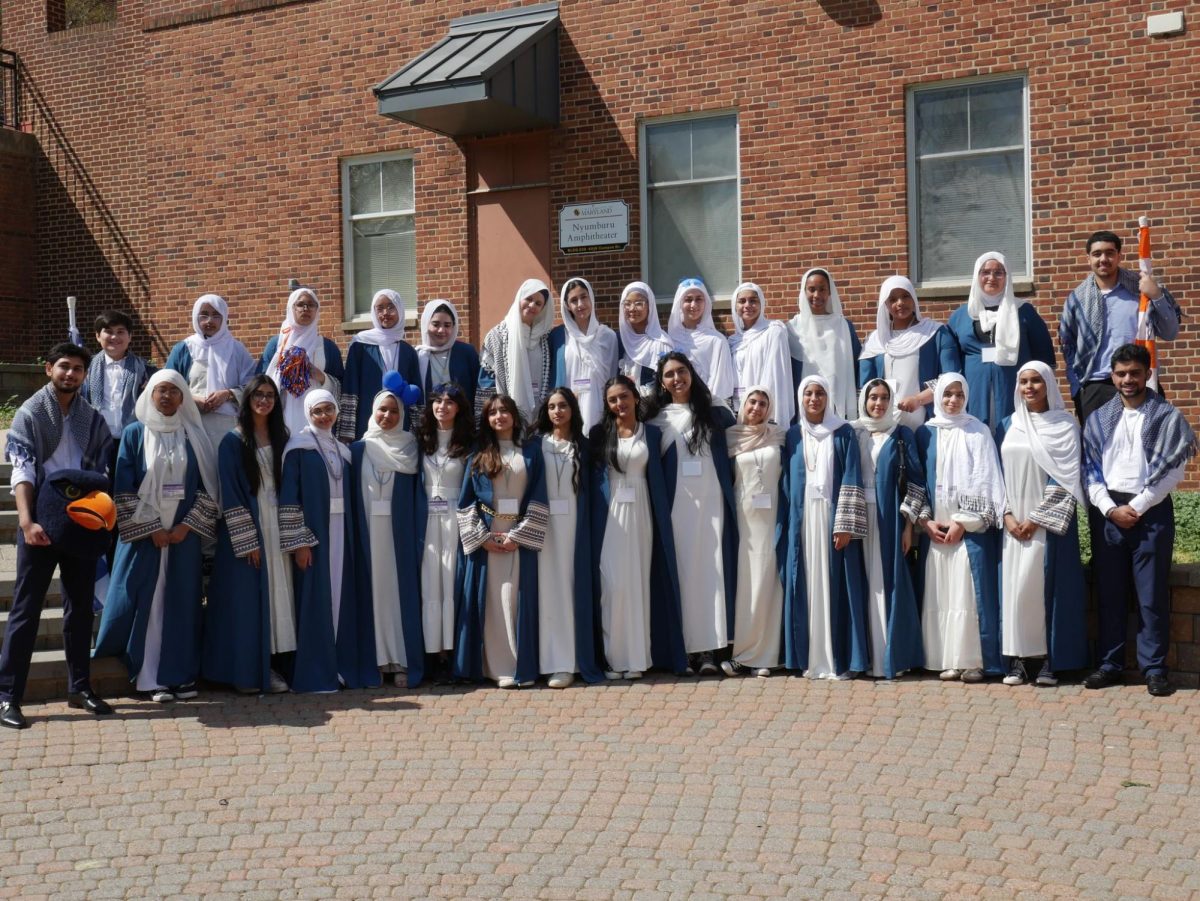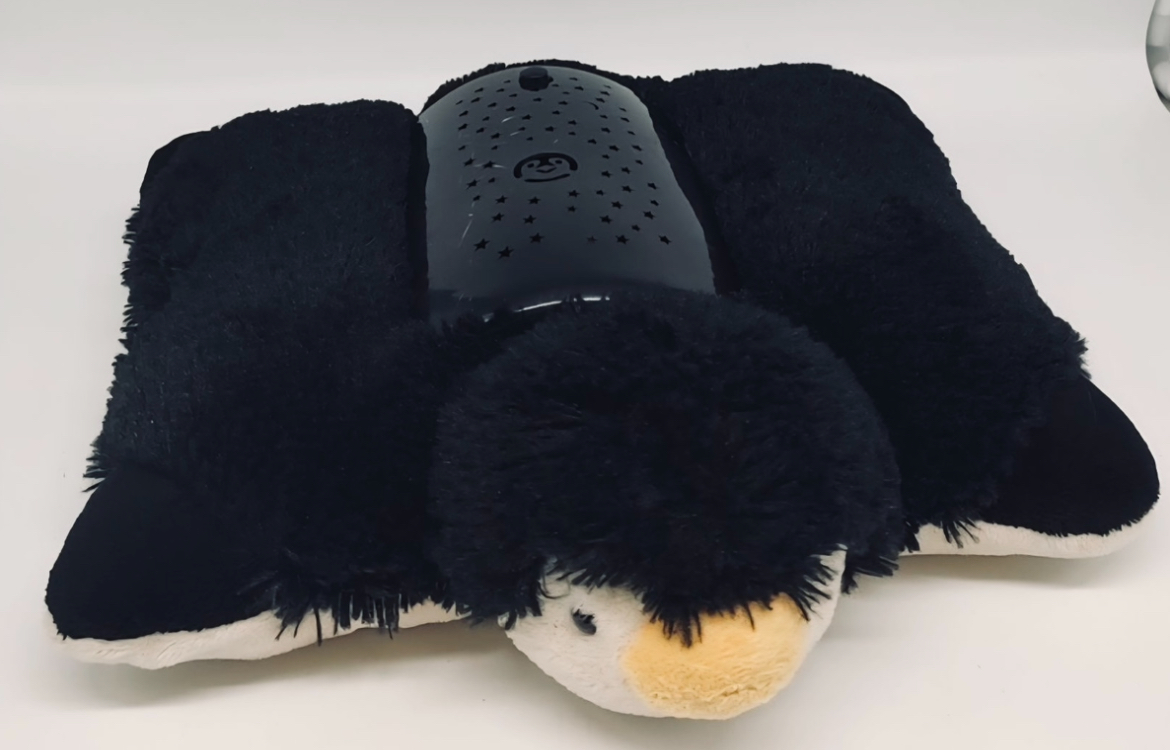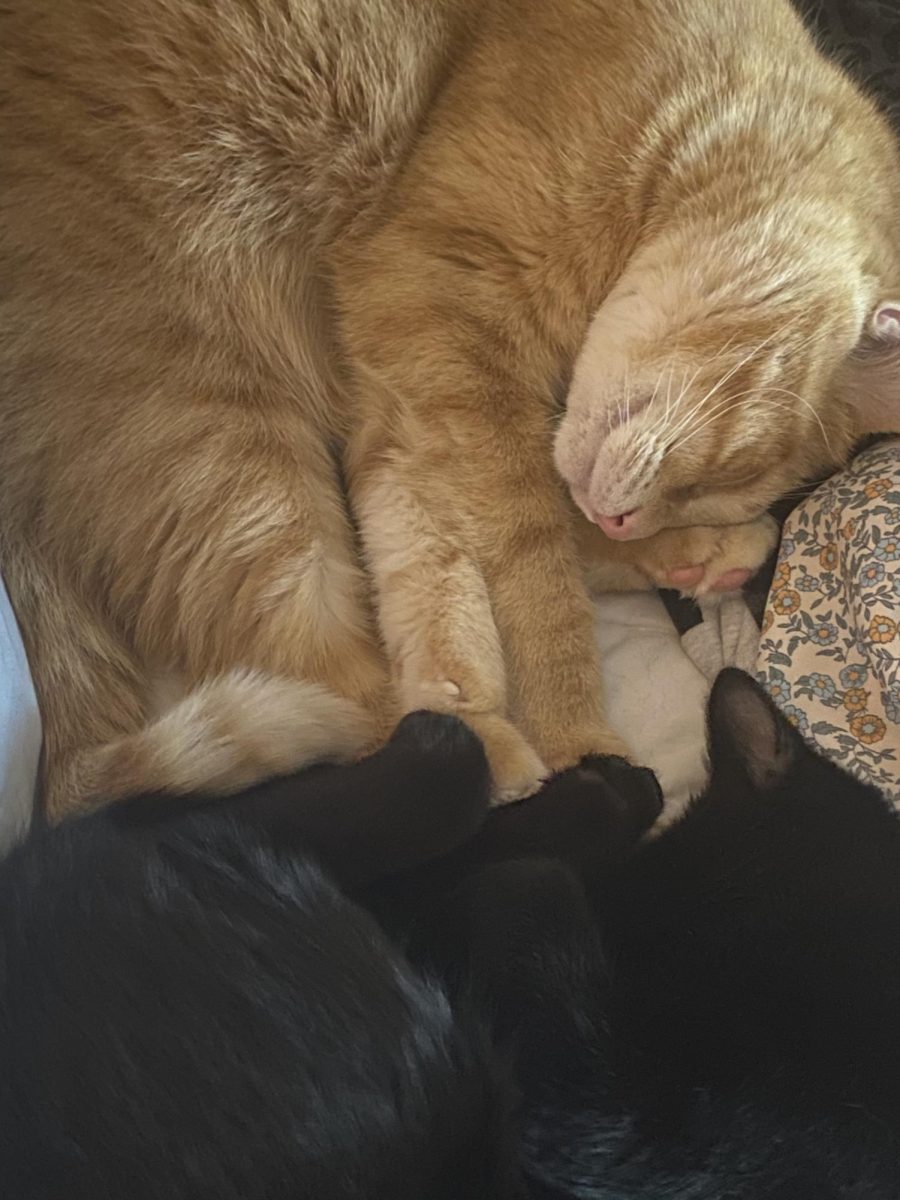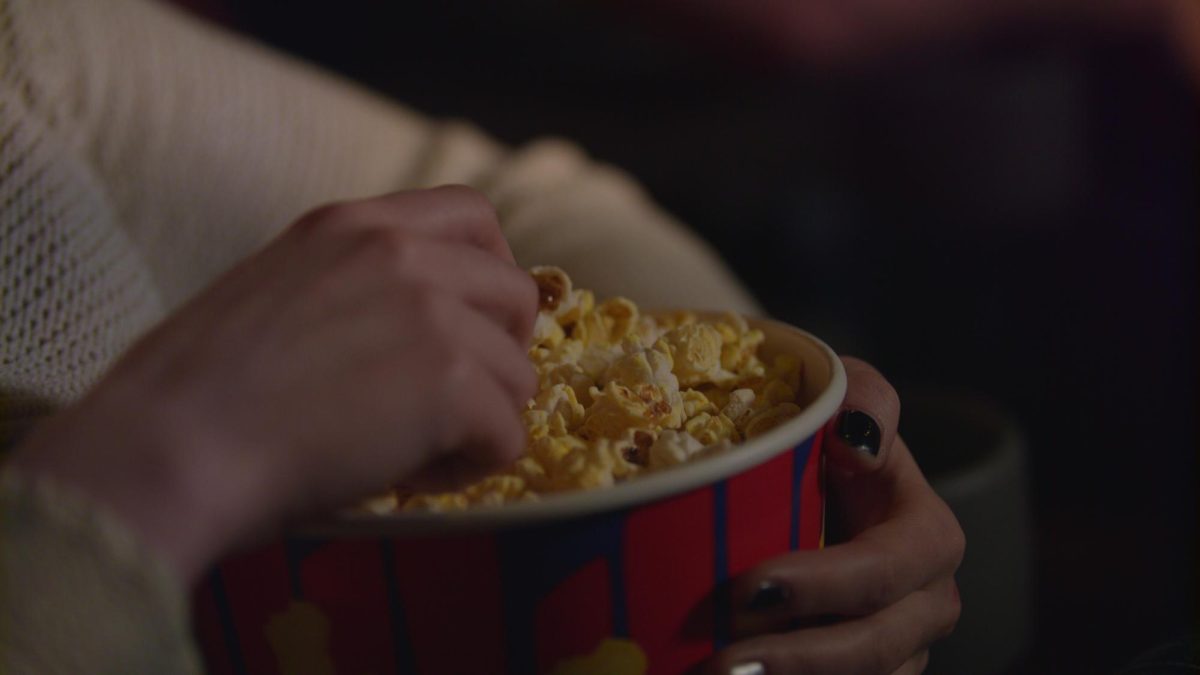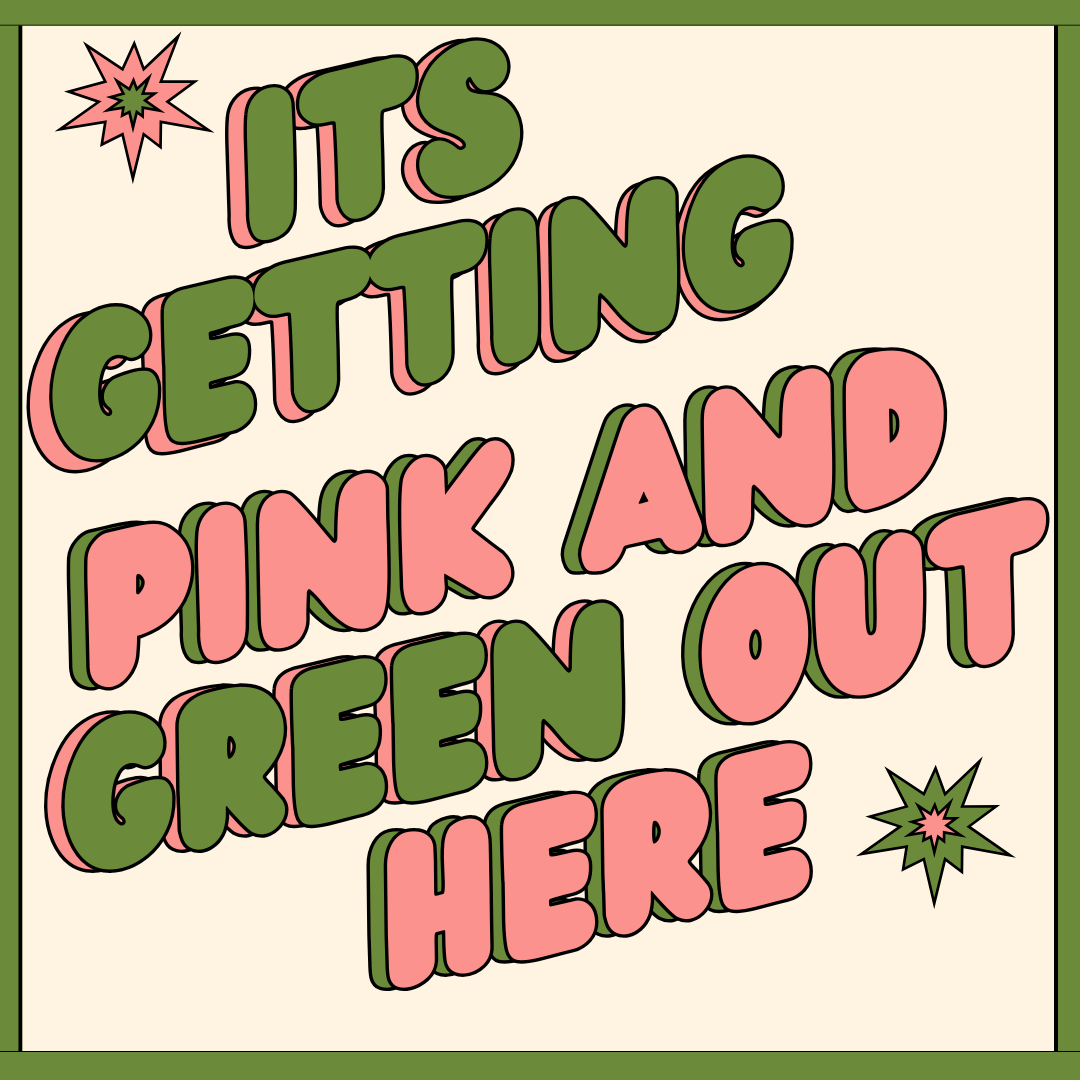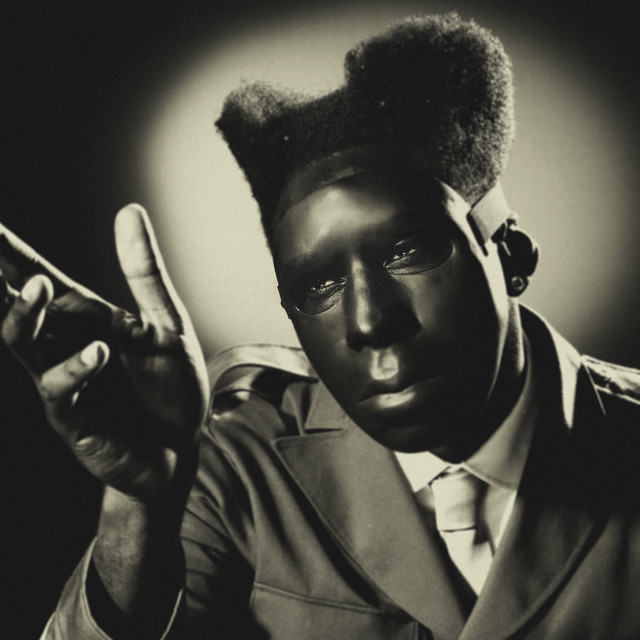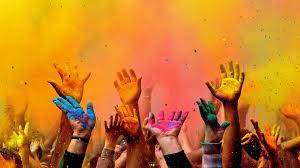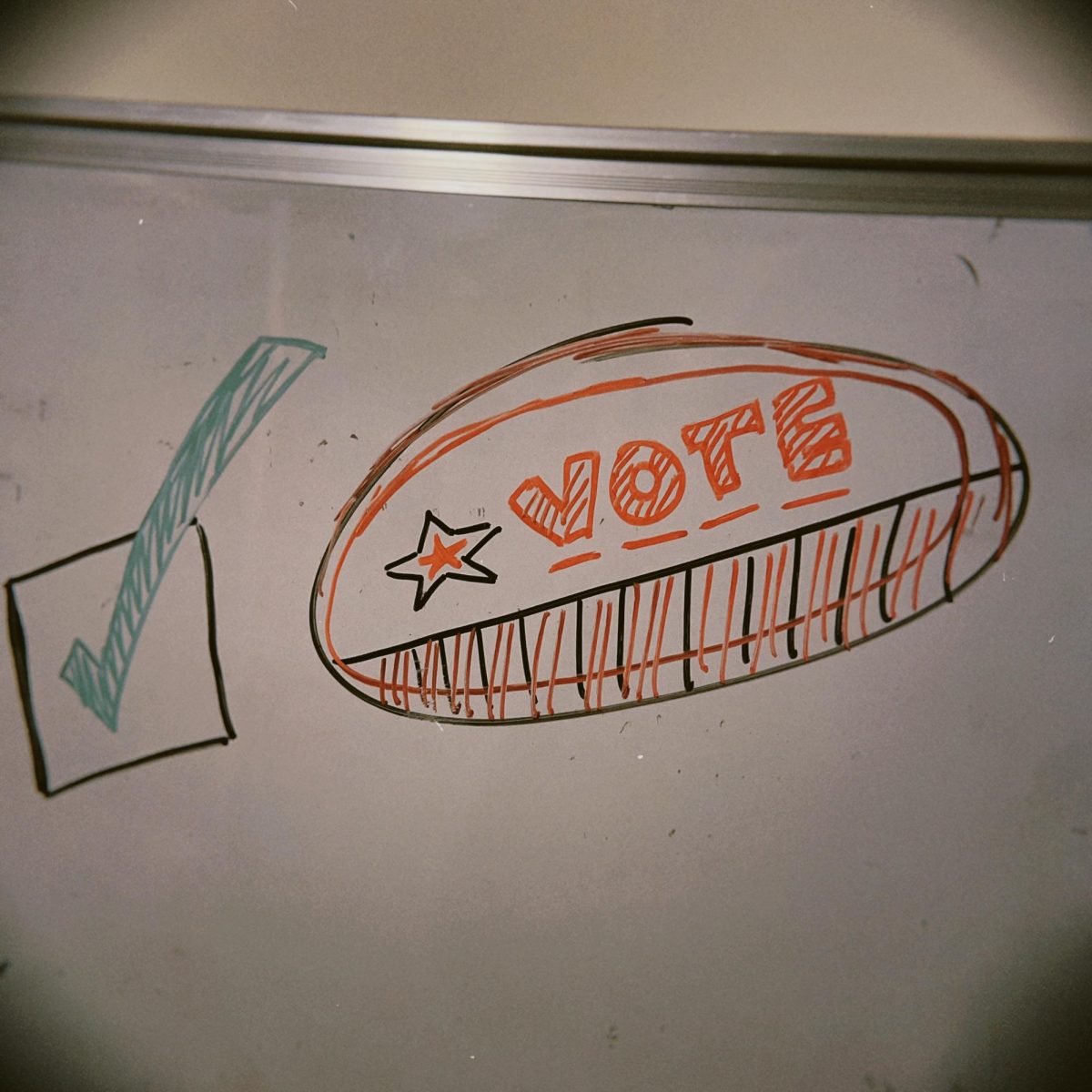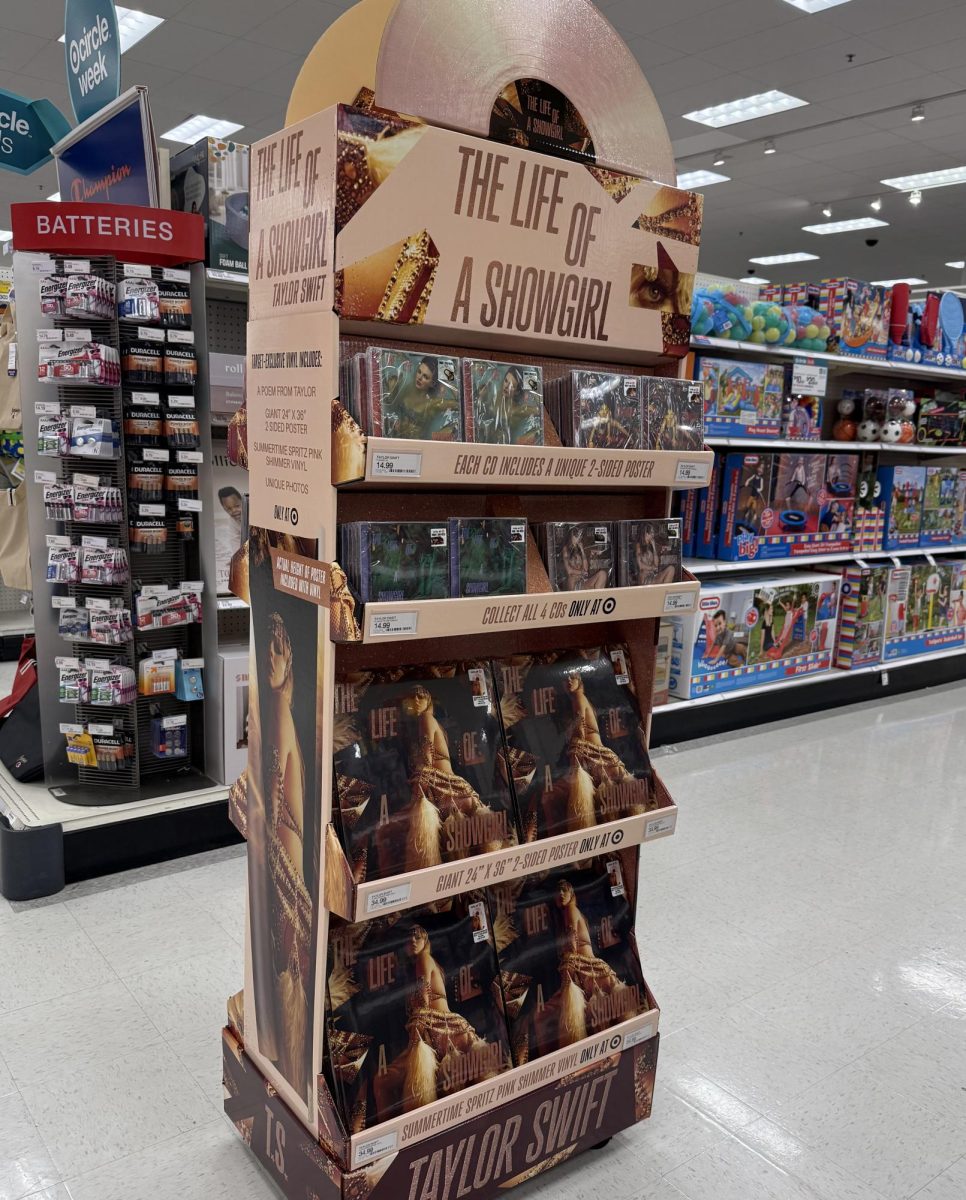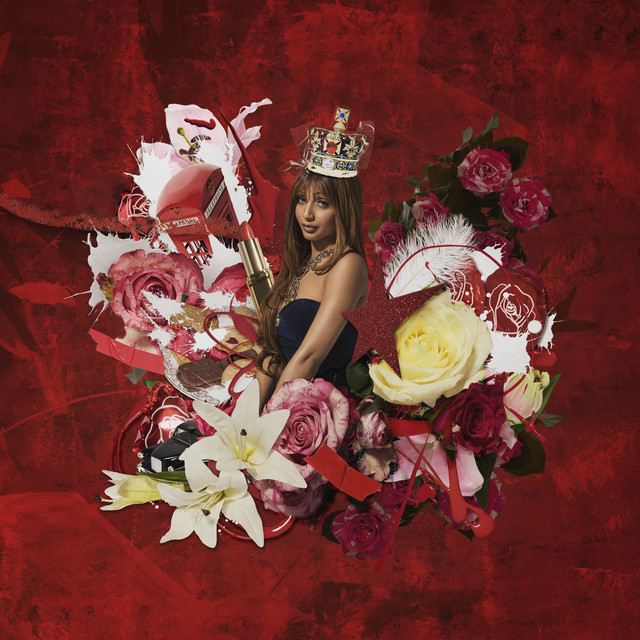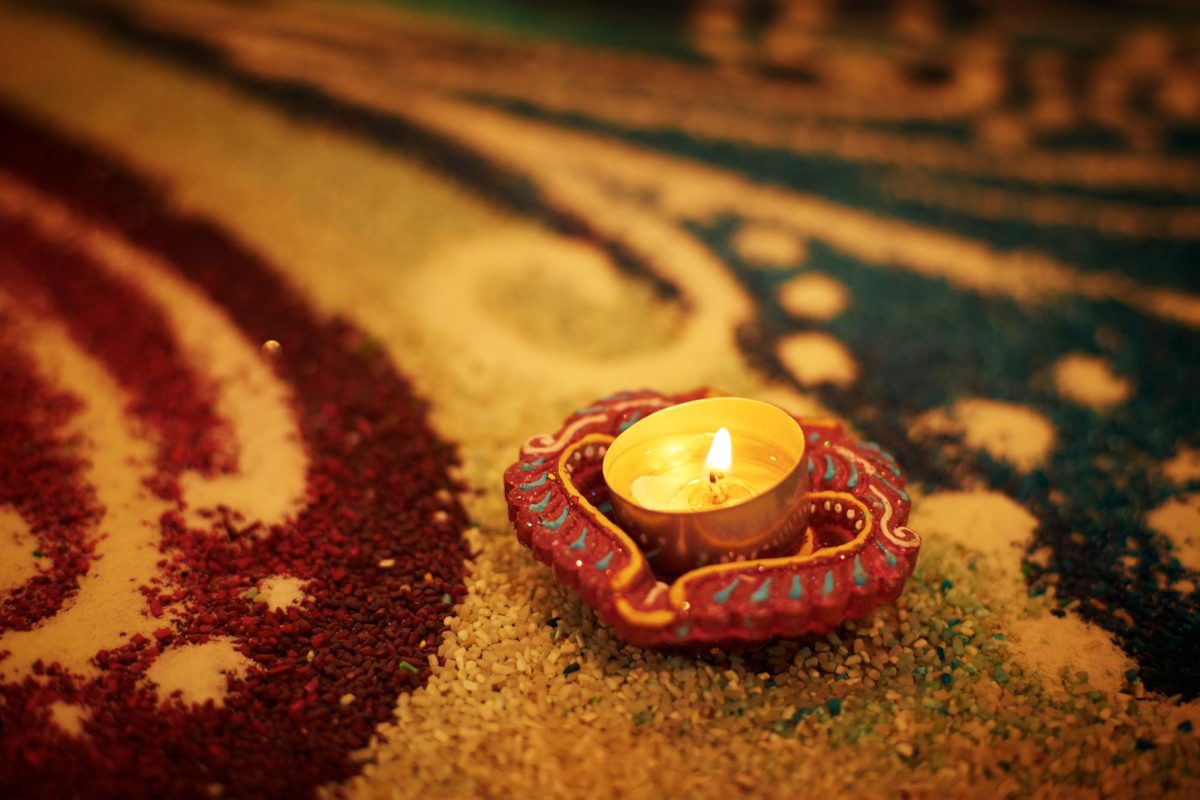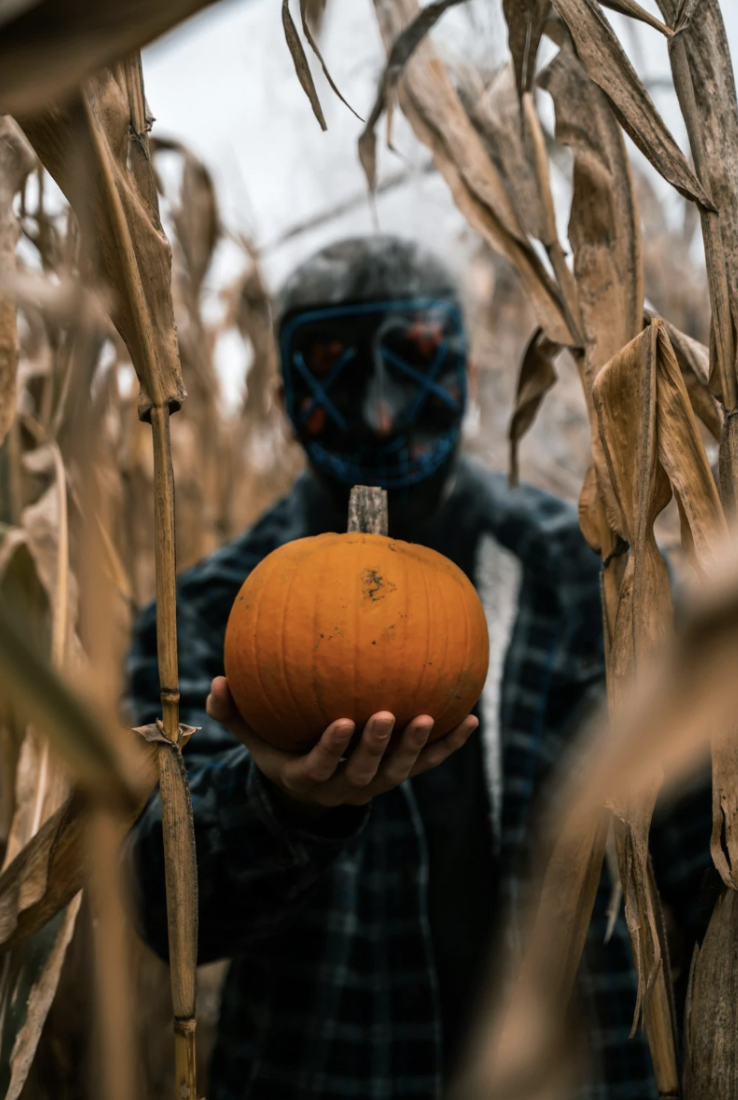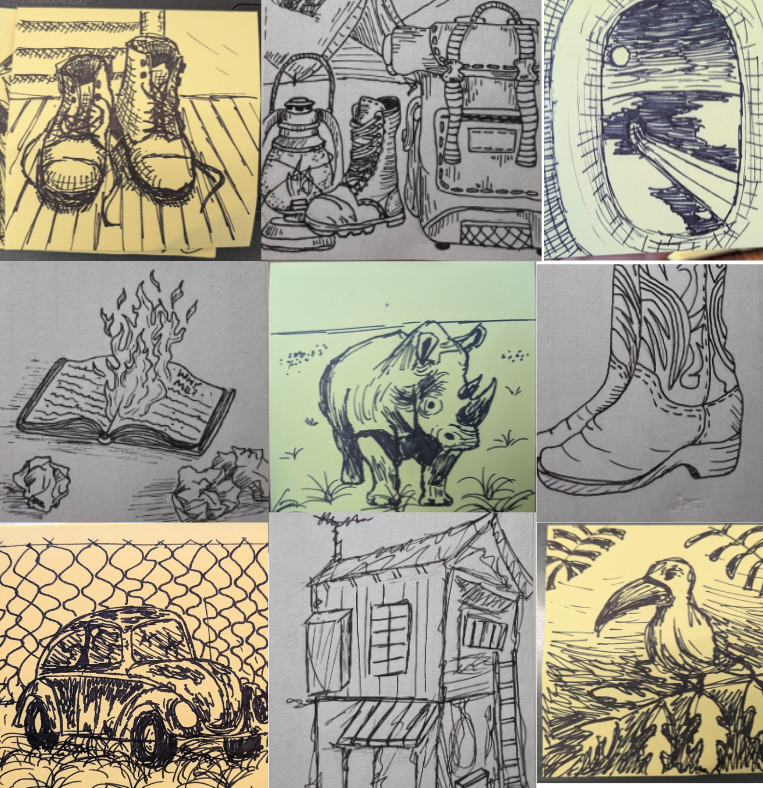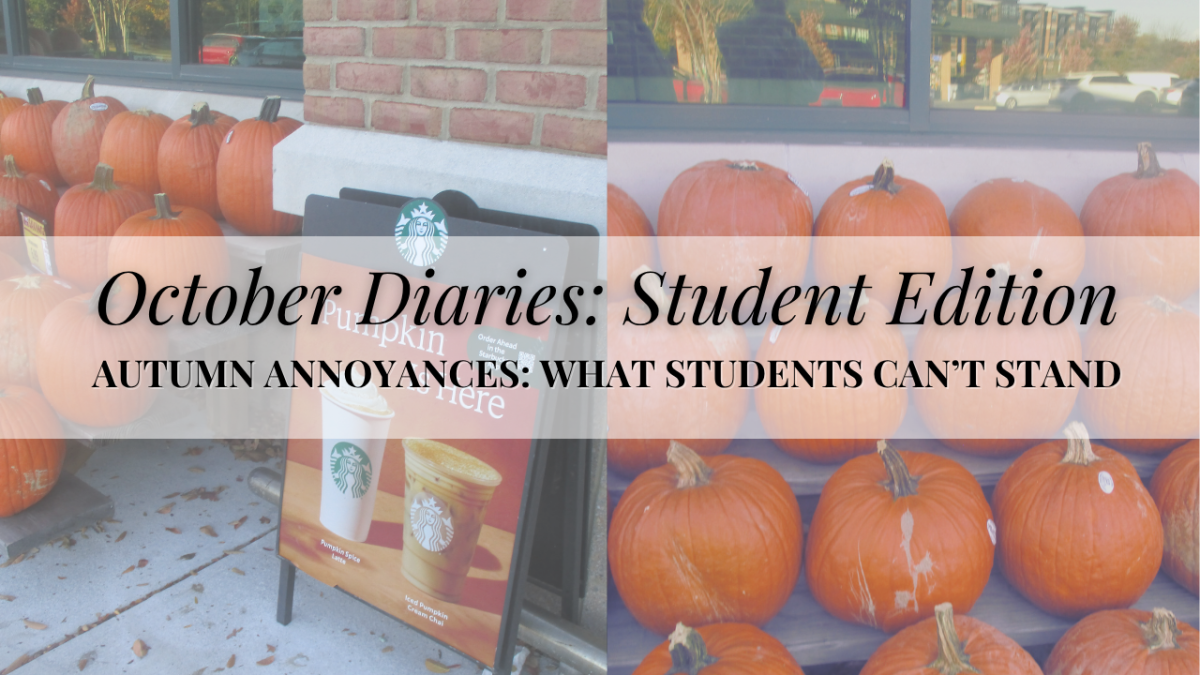The arrival of the Pumpkin Spice Latte (PSL) does more than just signal the unofficial start of fall; it inspires a passionate, aggressive divide between the true believers and critics. While a seasonal ritual signaling cozy sweaters and crisp air, this simple drink has managed to accomplish something few beverages can: become a cultural touchstone that elicits immediate, polarized reactions. The PSL is more than just a coffee—it is a symbol of a deeper consumer controversy.
Since its test launch in 2003, the PSL has grown from a seasonal novelty into a major economic phenomenon. The drink typically debuts in late August—a date that creeps earlier each year— and has driven record-breaking sales weeks for chains like Starbucks and Dunkin. With an average price of $6 for a standard size, the PSL is estimated to generate hundreds of millions of dollars in revenue annually, with Starbucks having sold over 424 million drinks since its debut. This sheer scale is what fields the culture war, making the beverage too massive to ignore.
The Cult of Cozy
For the devoted, the PSL is pure “fall magic.” Rebecca Basto, a freshman student at Briar Woods who is a self-proclaimed “true Starbucks fan,” admits her loyalty borders on obsession. “I wait all year for the seasonal drink,” she explains, describing her reaction to its return as “screaming in the car” and begging her mother to drive to Starbucks.
For Basto, she prefers the drink iced and mentioned that it’s the foundation of the season. She attributes the broad appeal of the “pumpkin spice everything” trend to its aesthetic. “It’s such a vibe that gets everyone into the fall spirit,” she says, believing the drink lives up to the hype.
Similarly, Shraddha Talakanti, another freshman at Briar Woods, connects the drink directly to the autumn mood, immediately associating the PSL’s return with “Gilmore Girls, walking downtown and pumpkin fall vibes.” The drink, she notes, perfectly captures the “cozy fall” aesthetic.
For these consumers, the richer, more spiced flavor of the Starbucks PSL is key. Bastos cites Starbucks use of real pumpkin purée as evidence of superiority over the competition, declaring that for this kind of quality, “the price doesn’t matter.”
The Candle-Like Catastrophe
On the other side of the counter stands the vocal opposition. For people like Emma Henderson, the drink is a sugar-spiced nightmare.
Her primary complaint cuts to the heart of the flavor profile: “It has a very candle-like taste, similar to the candle your grandma buys from the store,” she stated. For Henderson, the spices are aggressive and overwhelming, a sensory overload that ruins the drink.
Henderson argues that while the initial idea for the drink was unique, Starbucks “failed what could have been such a hype.” Her skepticism extends to the drink’s very ingredients, pointing out that the color “looks artificially orange” and asking, “If there truly was pumpkin puree in the PSL drink, why doesn’t it taste like pumpkin?”
This distaste for the original also is found in Starbucks’ biggest competitor. Henderson found Dunkin’s version “less spicy, but still overwhelming,” leading her to the firm conclusion that she will “never buy another PSL drink.”
Beyond the taste, she blames the PSL for opening the floodgates to a marketplace saturated with pumpkin spice products, declaring, “it’s just too much.”
Quality vs. Quantity: The Moderator’s View
While loyalists and haters square off, others offer a more measured, practical perspective. Talakanti, for instance, is willing to weigh the merits of the two major coffee chains.
She notes that the PSL flavor profile is simply “a little bit too strong” for some, which explains the sharp opinions. While she agrees that the Starbucks quality is superior—preferring it for its depth of flavor—she would likely choose Dunkin’s version for budget reasons if she wanted a cheaper daily fix. This approach highlights the drink’s dual status as both a luxury drink and a convenient seasonal treat.
However, even a moderate consumer recognizes the potential for overdose. While Talakanti enjoys the flavor, she acknowledges that one “can get too tired of a good thing”, suggesting a limit even to the fall magic.
The pumpkin spice phenomenon clearly has become more than just a fleeting trend; it represents a defining cultural landscape. From lattes to creamers and the countless products that have followed, pumpkin spice now serves as an annual marker, signaling the shift in seasons and the start of a communal celebration of autumn. It is a flavor profile that taps into collective nostalgia, conjuring images of hayrides, changing leaves, and holiday gatherings. While critics may argue the drink is a marketing success built on a spiced base, the fact remains that consumers respond not just to the cinnamon, nutmeg, ginger, and clove, but to the social practice. The consistency of its immense commercial success proves that simple tastes, when attached to a powerful ritual, are effective—showing year after year that people will inevitably return for the things they like.



